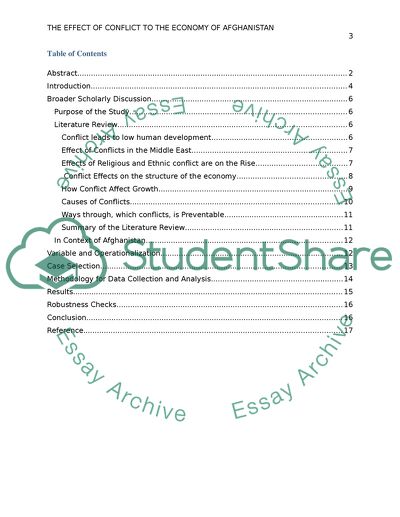Cite this document
(“Conflict and Effects on Economic Development Essay”, n.d.)
Retrieved de https://studentshare.org/social-science/1662176-conflict-and-effects-on-economic-development
Retrieved de https://studentshare.org/social-science/1662176-conflict-and-effects-on-economic-development
(Conflict and Effects on Economic Development Essay)
https://studentshare.org/social-science/1662176-conflict-and-effects-on-economic-development.
https://studentshare.org/social-science/1662176-conflict-and-effects-on-economic-development.
“Conflict and Effects on Economic Development Essay”, n.d. https://studentshare.org/social-science/1662176-conflict-and-effects-on-economic-development.


